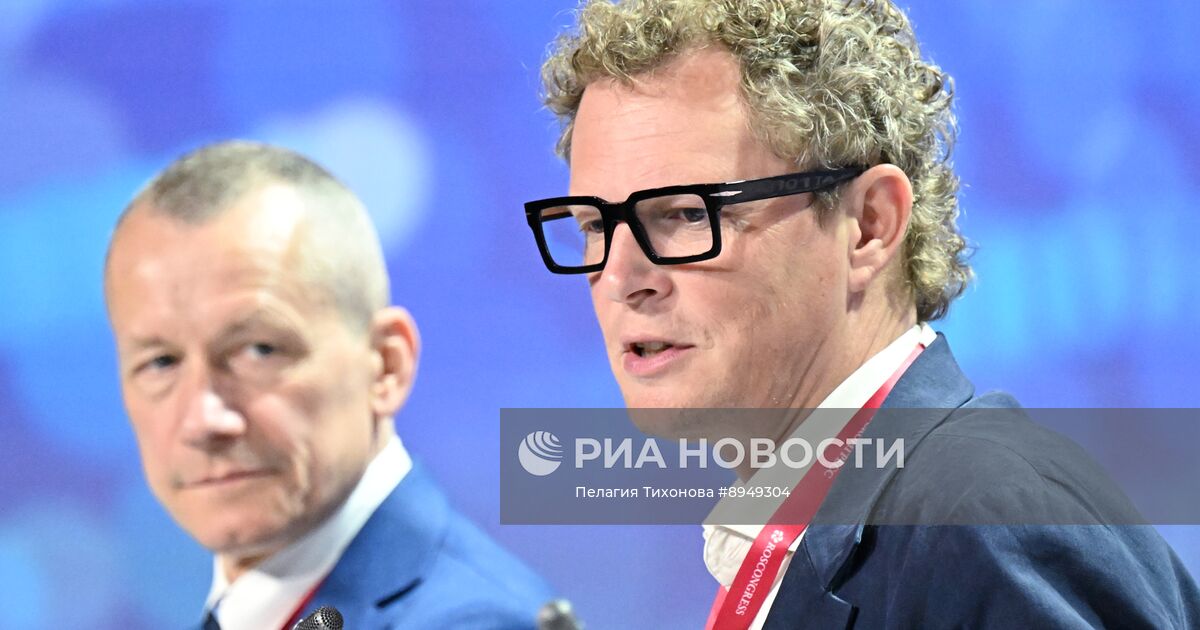
Forum visitors got a glimpse into subterranean secrets.
The St. Petersburg International Economic Forum (SPIEF), recently opened, surprised attendees not only with business discussions but also with a truly technological spectacle. On a massive 30-meter curved screen, participants were presented with a multimedia show – an art project called «Terrabyte,» which transports viewers deep into the Earth`s interior within minutes.

Spectators observed how mountains formed and riverbeds changed over millions of years, and what Earth looked like during the age of dinosaurs. This virtual journey was organized by geophysicists from Gazprom Neft and media artists from radugadesign studio.
«The creators successfully transformed complex scientific data into a spectacular display. A virtual elevator descends viewers five kilometers underground, showcasing over a hundred shades of rock formations and ancient fossils – all made possible by modern computer graphics and the processing of vast datasets,» the organizers emphasized.
According to Alexander Dybal, Head of Communications at Gazprom Neft, most physical processes involved in oil and gas extraction are already being simulated in a digital environment.
«Our company is already extracting more than half of its oil and gas using digital twin technology for fields. We model drilling processes and monitor industrial operations remotely. These solutions allow us to continuously augment huge volumes of data, gradually creating a complete digital world of the subsurface. Gazprom Neft has set a strategic goal to become the first fully digital oil company, and our art project is a manifestation of this ambition,» he explained.
Ivan Nefedkin, creative director at radugadesign, mentioned that the most challenging part of the project was visualizing something that had never been seen before.
«We essentially invented a new visual language – spectacular yet scientifically accurate,» he stated.
Based on the «Terrabyte» project, a multimedia exhibition is planned to open in Khanty-Mansiysk in 2026.











